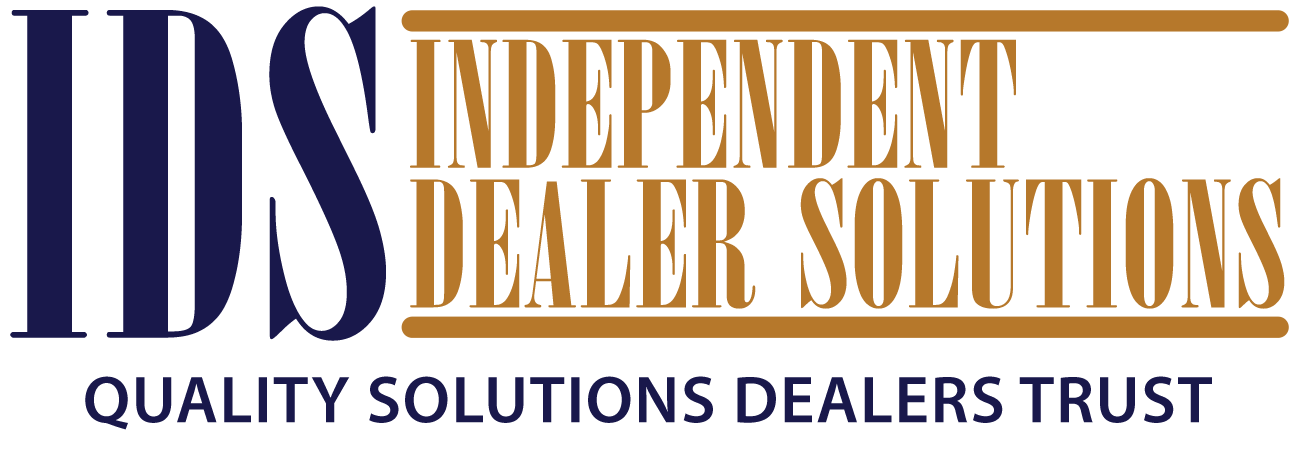It’s restating the obvious, but the car business doesn’t operate in a vacuum. This is especially the situation when it comes to the pre-owned side of things. Record-setting new vehicle prices and rising interest rates are driving customers to used offerings as shiny new rides become less affordable.
All of this coincides with a drop in second-hand vehicle values. The Manheim Used Car Price Index, which tracks wholesale numbers, dropped almost 13% since the beginning of the year. The figures aren’t as dramatic on the retail front, but average transaction prices are declining, according to the CarGurus Used Car Index. The online marketplace’s data shows the typical pre-owned vehicle now sells for $30,361 (as of this writing), down from a July record of $30,844. At the start of the year, the number stood at $30,524.
So, now’s the ideal time for dealers to re-evaluate their pre-owned department operations. An analysis of best practices can improve the bottom line and help prepare for any market swings that might arise down the road.
1. Inventory
Keeping used car operations in peak form centers on inventory, and there are two sides to every coin. In this case, it’s quantity and quality. Of course, quantity is a delicate balance that requires constant assessment. There needs to be enough inventory to be appealing to customers, while too many vehicles on the lot is a drag on profitability. This is best handled by constant analysis. If you can’t remember the last time this was done, you know where to start.
Along with having the right amount of inventory, is offering vehicles well-suited for your customers. A lot full of pickups won’t do much good if customers need more fuel-efficient cars. Therefore, ongoing inventory analysis should include a look at what’s on hand versus what people want.
